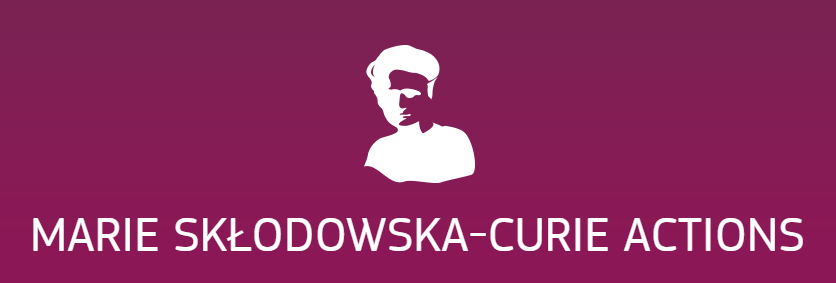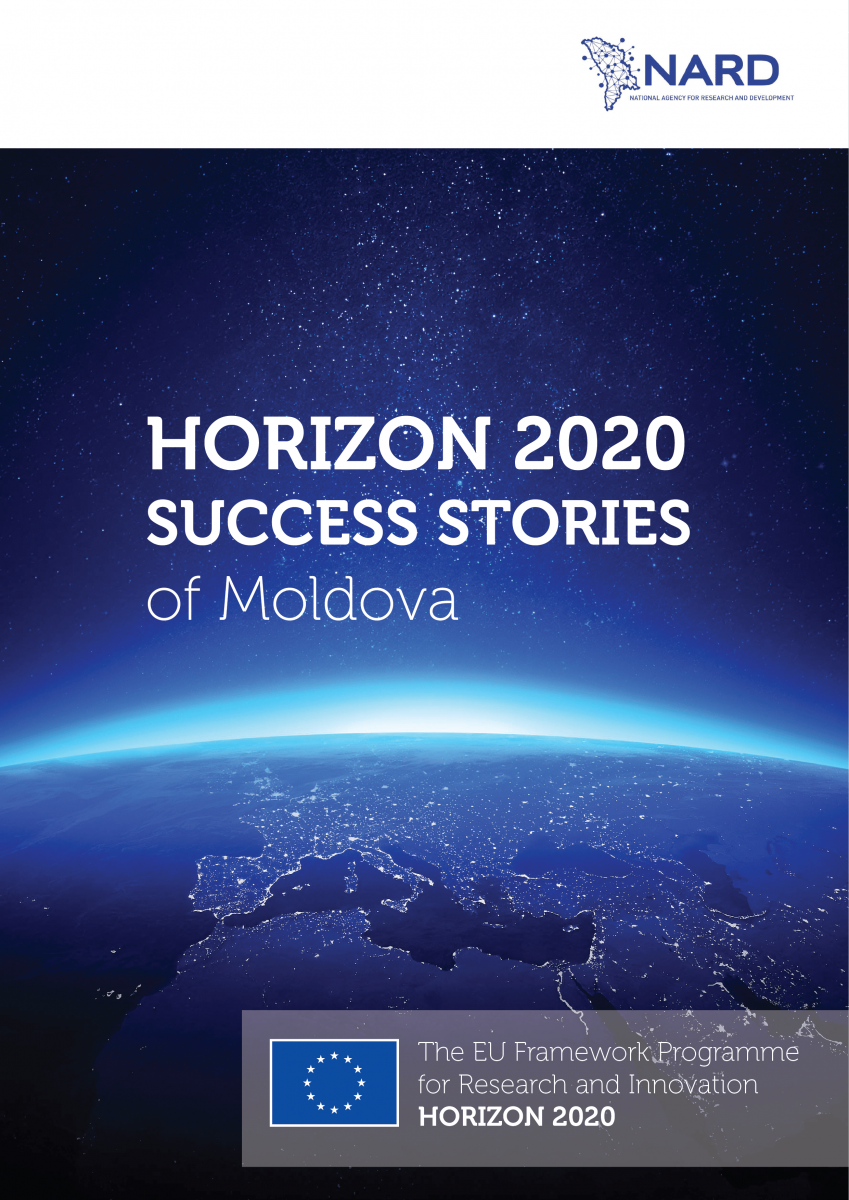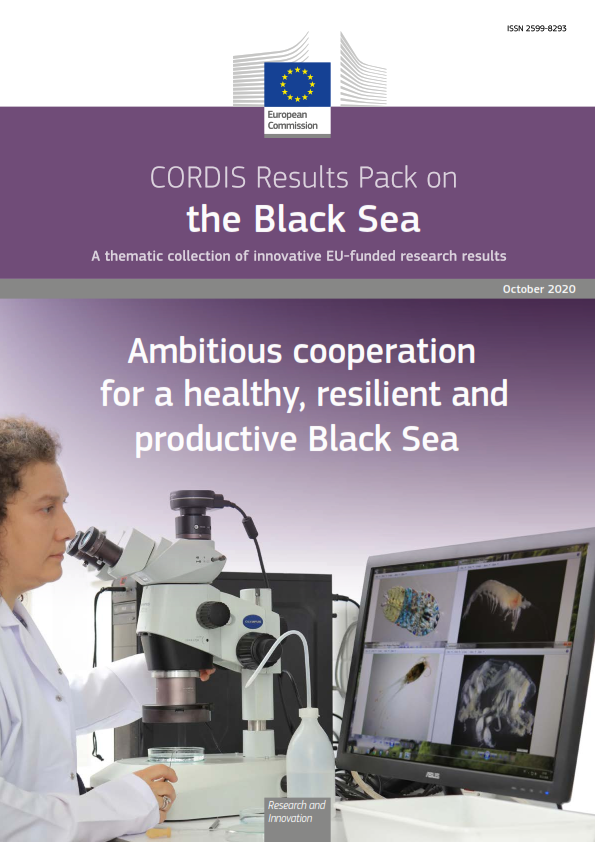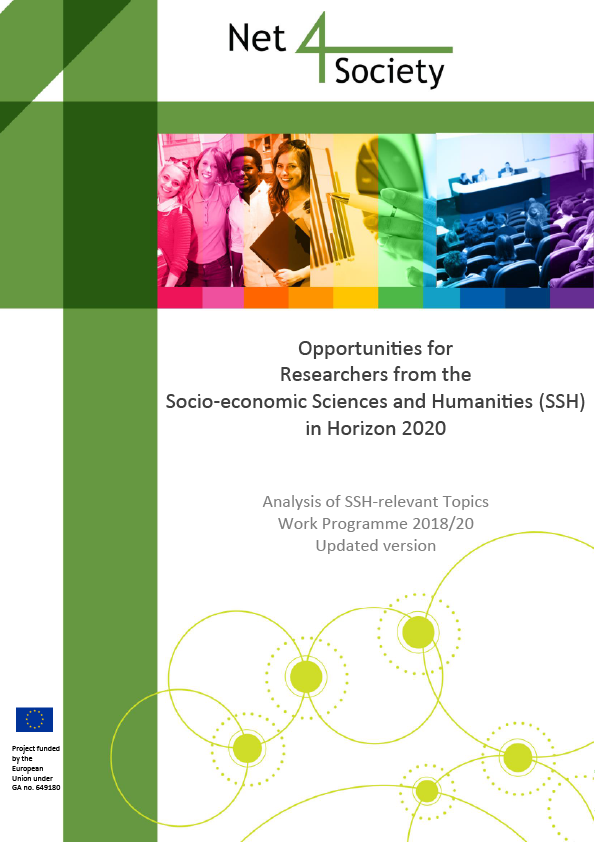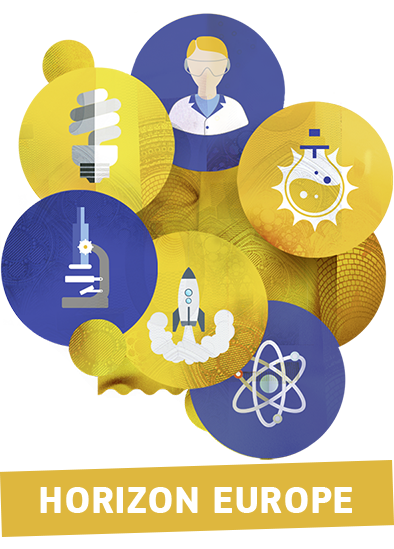Main pillar:
- Secure, Clean and Efficient Energy
Budget:
Currency:
Call deadline:
Statut:
- Closed
Description:
Energy Efficiency: A – Buildings and consumers
Specific challenge: Residential use of energy is responsible for 28% of EU energy consumption37. The barriers to consumer energy saving have been known for more than 30 years38 but are still present, in particular split incentives (e.g. tenants vs. landlords), lack of information, high initial investment in energy-efficient equipment and habits of energy users. Likewise, while awareness of the existence of renewable energies has improved considerably in the last years, there is still a lack of understanding of how to use them in practice.
Scope: Project proposals should focus on changing the behaviour of consumers in their everyday life (e.g. at home, at work, at school), using market segmentation and focussing on 'action', the last step of the AIDA (Awareness – Interest – Desire – Action) framework. Equipment responsible for main energy consumption (e.g. heating and cooling, lighting, domestic appliances, and consumer electronics)39 as well as products from the small scale renewable energy market should be addressed in priority. Educational activities or tools (such as comparative ones) may be necessary, e.g. to help consumers read and understand their energy bills or labels; to help them take advantage of ICT devices and tools to monitor and analyse their energy use; to increase trust in individual smart meters or energy audits; or to help them participate in community renewable energy projects (e.g. RES consumer cooperatives, community-owned projects, etc.). Actions should take gender issues into account when relevant and involve manufacturers, retailers and consumer associations when these can play a decisive role. The use of social innovations and innovative technologies (e.g. smart meters/appliances/ICT) should be considered when it brings added value, especially when addressing the younger generation. More fundamental activities aimed at a better understanding of consumers' and other stakeholders' perception, motivation and behaviour are part of the scope (e.g. understanding of product labels and building certificates, difference in patterns of consumption for women and men) provided their results can directly lead to improvements in the effectiveness of consumer-driven initiatives.
The Commission considers that proposals requesting a contribution from the EU of between EUR 1 and 1.5 million would allow this specific challenge to be addressed appropriately. Nonetheless, this does not preclude submission and selection of proposals requesting other amounts.
Expected impact: Bigger market share of the most energy-efficient products (from the highest energy class) and/or of high quality renewable energy products. For example, each million € of EU support in energy efficiency actions is expected to deliver annual energy savings of around 10% for at least 5,000 households40 (around 8 GWh/year of savings41). In any case proposals should demonstrate significant impacts in terms of number of people changing their behaviour and taking informed investment decisions.
Type of action: Coordination and Support Actions
The conditions related to this topic are provided at the end of this call and in the General Annexes.
____________________________________
37 Ballu, M. & Toulouse, E. (2010) Energy savings in practice. Potential and delivery of EU ecodesign measures.
38 Crossley, D. J. (1983) Identifying barriers to the success of consumer energy conservation policies. Energy, 8, 533-546.
39 Bertoldi, P., Hirl, B. & Labanca, N. (2012) Electricity consumption and efficiency trends in the EU-27.
40 Energy savings in this order have been achieved in former IEE projects (e.g. ACHIEVE, EC-LINC, Energy Neighbourhoods, Eco n’Home).
41 Considering 1.46 toe of energy consumption per capita and per year and an average household size of 2.4 capita, as indicated in Bertoldi et al. 2012 (quoted above).
_____
For updated call's content please consult: http://ec.europa.eu/programmes/horizon2020/h2020-sections



